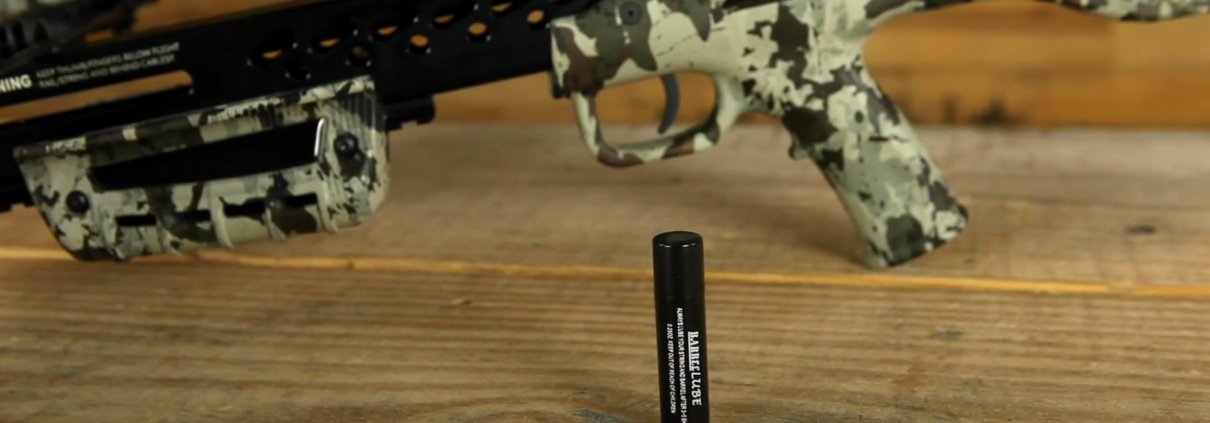Crossbow Maintenance Tips
As the owner of a Killer Instinct crossbow, you are proud of your equipment and want to retain confidence in your gear season after season. By consistently and properly maintaining your crossbow, you can extend its lifespan and ensure it remains in optimal condition for peak shooting and hunting performance.
For your string and cables, plan on waxing them once a month while your crossbow is in storage, and every other time your crossbow is used when shooting. Prior to shooting, replace worn, cut, or frayed string, serving, and cables. Under normal shooting conditions, string and cables should be replaced every three years, or sooner if you note signs of wear; we recommend an Authorized Killer Instinct Dealer for such work.
To prolong the life of the strings and cables, be sure to apply a generous amount of barrel lube to the top of the bow’s barrel—and to the strings and cables themselves where there is not serving—every 5-10 shots. One stick of barrel lube was included with your crossbow, and supplemental sticks can be purchased through our online storefront.
Periodically check your crossbow’s limbs for structure cracks and splinters by gently brushing your hand along the front, top, bottom, and back of the limbs. If you feel anything other than a smooth surface, do not shoot your crossbow, and reach out to us or a Dealer. Additionally, after every shot, flex your bolt and visually inspect it for damage from shooting. Shooting a damaged bolt can result in injury and cause damage to your crossbow.
To make sure all hardware on your crossbow is properly tightened and not coming loose, visually inspect it too after shooting. Loose hardware on your crossbow can make it difficult to hold a consistent group. Ascertain all bolt screws are tight, including those on the scope base, and check your bolts as well, for damage to the shaft or fletching.
Your crossbow should not be left cocked for longer than 12 hours. After every hunt, always discharge your crossbow to relieve the stress on the limbs, strings, cables, and cams. You can de-cock your crossbow by removing the hunting bolt with a broadhead, then re-loading with a practice bolt, which is discharged into a practice target. Alternatively, you can re-load with a de-cocking bolt and safely discharge at a 45° angle into soft ground 4-5ft. in front of you.
By adhering to these tips, you can ensure that your crossbow remains prepared for hunting and performs at its peak.

